Overview
Map
Other Details
(ساقية المسك) دير مار ميخائيل - بحرصاف
1740
Bhersaf
Metn
Mount Lebanon
بنى دير مار ميخائيل مشايخ آل بليبل سنة 1740. تسلَّمت الرهبانيَّة اللبنانيَّة هذه الوقفيَّة من الشيخ عبد الأحد بليبل، في تشرين الثاني 1756، بموجب صكٍّ مكتوبٍ وموقَّعٍ ومصدَّقٍ، لكي "تعلِّم الأولادَ وتفيد القريبَ... والأنفس حسب الإمكان"... شيَّدت الكنيسة الجديدة، سنة 1905. وبدأت، سنة 1997، ورشة ترميمٍ للكنيسة وإلباسها حلَّةً جديدة. يتابع دير مار ميخائيل رسالتَه الثقافيَّة بالإضافة إلى نشاطاته الرعويَّة.The Monastery was built by the Bleibels a feudal lords family in 1740. It was put under the custody of the Lebanese Maronite Order by Sheikh Abd el Ahad Bleibel in 1756, in a decree that widens the mission of the monastery to education and pastoral work.The church was rebuilt in 1905. And since 1997 the monastery was renewed to continue the mission.
Visited 2449 times, 1 Visit today
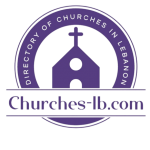
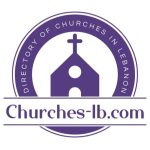

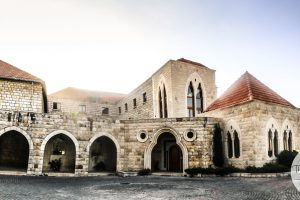
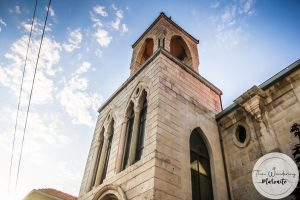
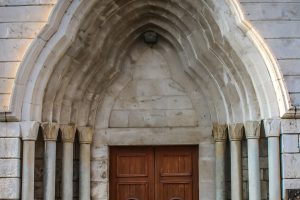

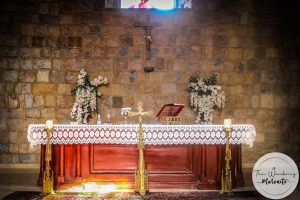
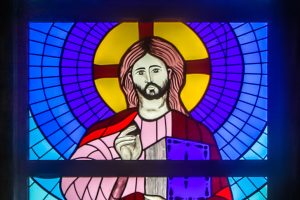











Reviews are disabled, but trackbacks and pingbacks are open.